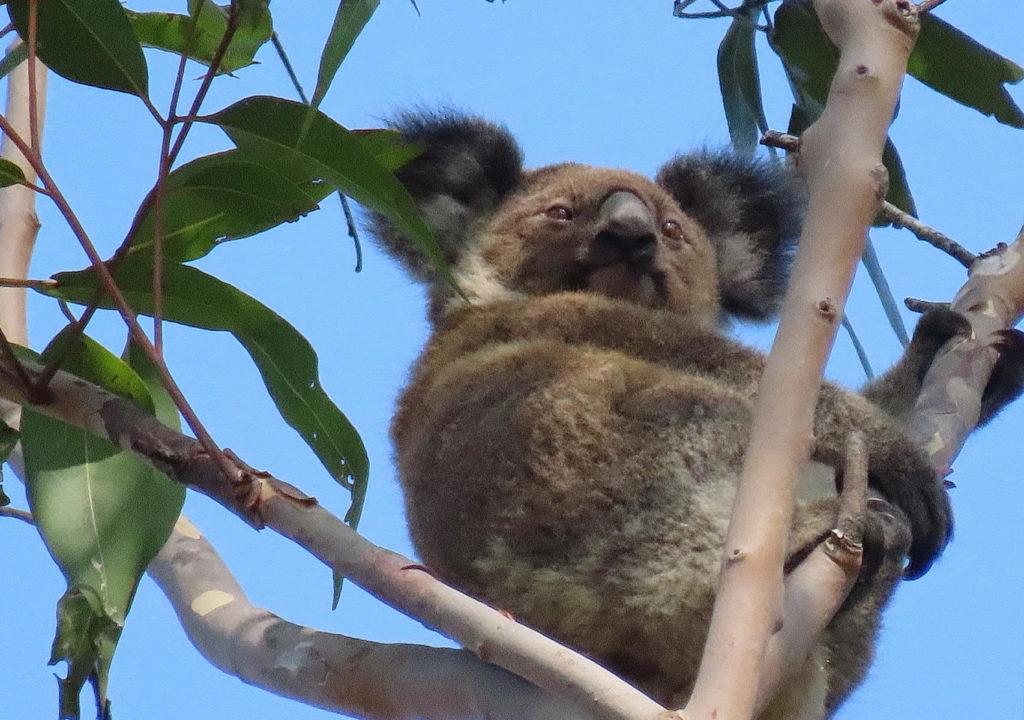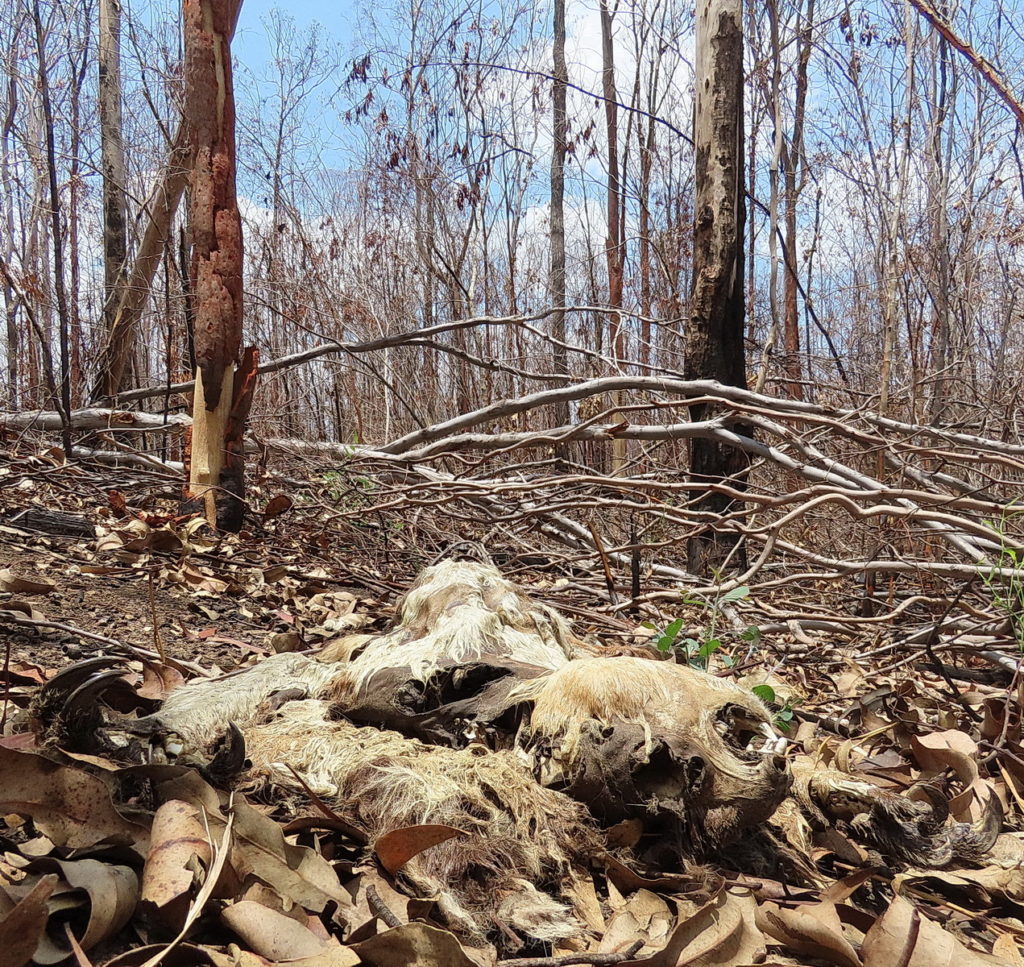The North East Forest Alliance (NEFA) has requested the Board of the Environment Protection Authority (EPA) review the EPA Chief Executive Officer ‘s (CEO’s) reckless approval for logging of 5,000 ha of Koala habitat across the heavily burnt Banyabba Koala population.
On 3 March 2020 the EPA CEO approved the logging of burnt Koala habitat in 5,062 ha in Bungawalbin, Doubleduke and Myrtle State Forests, parts of the Banyabba Area of Regional Koala Significance.
The EPA added additional logging restrictions because the Integrated Forestry Operations Approval is “not designed to moderate the environmental risks associated with harvesting in landscapes the have been so extensively and severely impacted by fire”.
NEFA agrees that the IFOA is not fit-for-purpose in a heavily burnt landscape, though neither is one-size-fits-all set of generic add-ons that have been applied across north-east NSW without consideration of the local fire impacts, said NEFA spokesperson Dailan Pugh.
“The Banyabba Koala population is one of the worst affected by the 2019 wildfires as 83% of its modelled 71,000 ha of ‘likely’ Koala habitat was burnt, with the apparent loss of 90% of Koalas from burnt areas.
“NEFA have revisited numerous heavily burnt areas where we found extensive Koala use before the fires and are not finding any survivors. Worse still it is now apparent that the combination of drought and fire has killed many trees in these areas.
“Though we are finding surviving Koalas in partially burnt forests. They have already taken a heavy hit, and now the EPA have approved the logging of the vital feed and roost trees the survivors depend on.
“This population was already in decline because of clearing, logging and other factors before the fires and must now be considered in danger of extinction.
“The EPA’s new approvals apply a generic set of additional prescriptions across north-east NSW with no assessment or consideration of the effects of the fires on Koala populations.
“As part of the development of the IFOA, the EPA and the Expert Fauna Panel’s proposed Koala feed tree retention rates were more than halved by the Natural Resources Commission, and tree sizes reduced, on the political grounds of resource impacts.
“The only new measure in the EPA’s approval that appears specifically intended to mitigate impacts on Koalas is a requirement to retain ‘Temporary feed tree clumps’, additional to other exclusions, over 7% of the burnt logging areas.
“This is yet another politically compromised theoretical desktop construct, which will not even compensate for the halving of the feed tree requirements the EPA considered necessary before the fires, let alone the massive impacts of the fires. These logging prescriptions are untested, with no trials, monitoring or evaluations.
“The risk of the Forestry Corporation blundering into homes of Koalas barely surviving after the fires, and patches of habitat vital to the population’s recovery, is too high. Even if such patches are inadvertently found there are no requirements to protect them.
“The EPA were reckless to approve the logging in this severely burnt Koala population after refusing NEFA’s requests to replicate earlier surveys nearby to assess fire impacts, and without first undertaking surveys to find surviving Koalas.
“For the future of the Banyabba population it is essential that any patches, both burnt and unburnt, that are capable of supporting breeding female Koalas are found and protected from further degradation”, Mr. Pugh said.

